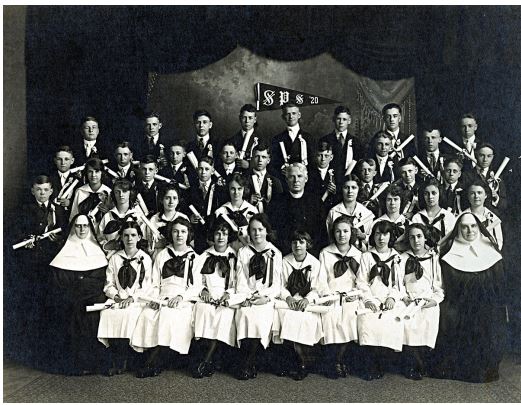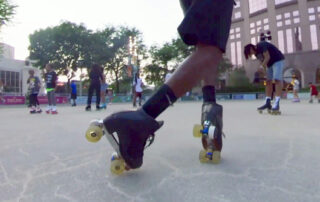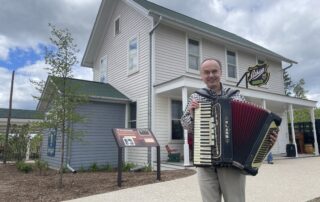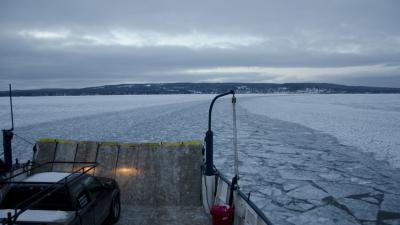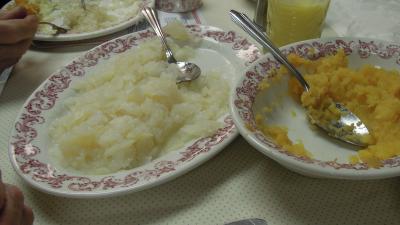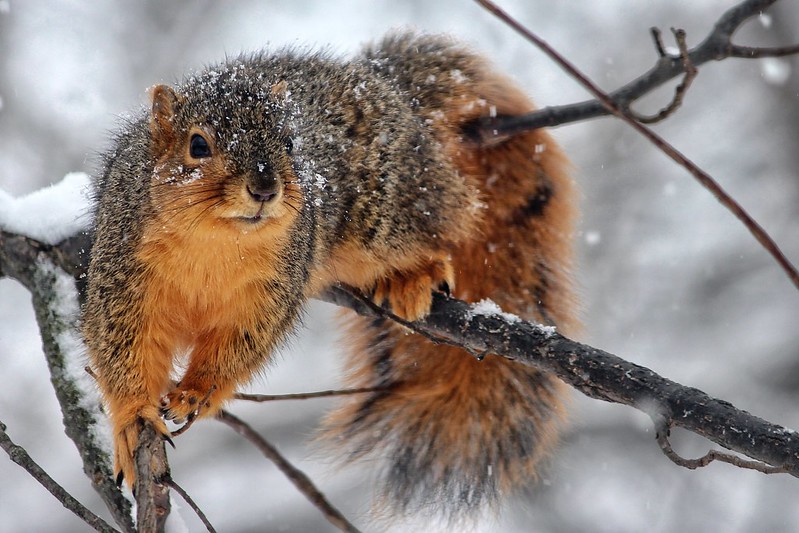While we tend to associate Germans with Milwaukee, the Irish were the city’s first major immigrant group. Historian John Gurda describes the Celtic imprint on Milwaukee.
On St. Patrick’s Day, the saying goes, we’re all Irish. That’s an exaggeration, of course, but parts of Milwaukee are practically awash in green beer and shamrocks every March 17. Although the event is a thoroughly modern excuse to party, St. Paddy’s Day also celebrates the city’s first major immigrant group.
Milwaukee’s Celtic pioneers arrived in the mid-1830s, one step ahead of their German counterparts. Beset by famine and bullied by their English overlords, more emigrants left the Auld Sod every year. By 1848 the Irish made up 15 percent of Milwaukee’s population, which proved to be their historic high point.
The vast majority settled in the Third Ward, on the edge of Downtown, where they promptly formed the city’s first ghetto. Now a bustling capital of chic, the Ward was anything but fashionable in the mid-1800s. It was a filled-in swamp commonly known as the “Bloody Third,” a reputation earned with fisticuffs. The Irish enclave had the city’s highest concentration of saloons, and whiskey-fueled altercations were common. When the police added up their arrests for 1859, Irish scofflaws made up 38 percent of the total—more than five times their share of the population. In 1857 the Milwaukee Sentinel praised a local Irishman but damned his neighborhood: “O’Byrne stands out as a good, peaceable, and upright man and citizen. If all in the Third Ward were like him, the Police might be safely disbanded to-day.”
Despite their rough start, the Irish made the most of their opportunities. Decade by decade they moved up and out, generally to the west. For many the first stop was Tory Hill, a neighborhood now buried beneath the Marquette University campus. Their next step west was Merrill Park, a settlement of Irish railroad workers on the north rim of the Menomonee Valley. There they founded St. Rose Church, a congregation whose membership roster read like the Dublin phone book. Generations later, Merrill Park is still the neighborhood of sainted memory for hundreds of Irish Milwaukeeans.
Politics became an almost stereotypical path to higher ground. Fluent in English, famously fond of discourse, and apt to form vote-rich clusters in large cities, the Irish had a major impact on American politics, and Milwaukee was no exception. In 1844 Irishman Thomas J. Gilbert was elected village president. After Milwaukee became a city two years later, there was a procession of Irish mayors, including a Dublin-born lawyer with the unlikely name of Hans Crocker and Daniel Webster Hoan. Hoan was a Socialist who led Milwaukee from 1916 to 1940 and made it one of the best-governed big cities in America. The tradition continues today under another Irishman, Tom Barrett.
In truth, Germans have had a more profound impact, but the Irish imprint on Milwaukee is indelible: in politics, cultural life, and certainly in celebrations. Since its debut in 1981, Irish Fest has grown to become the city’s largest ethnic festival. Rain or shine, it’s reliably the champion, drawing well over 100,000 revelers each year to the largest celebration of Irish music, culture, and cuisine on the planet.
So, whatever your background, raise a glass of Guinness to the Irish this St. Patrick’s Day. Arriving with nothing but hope, they have scaled the heights and added a welcome touch of green to this wintry northern city.
